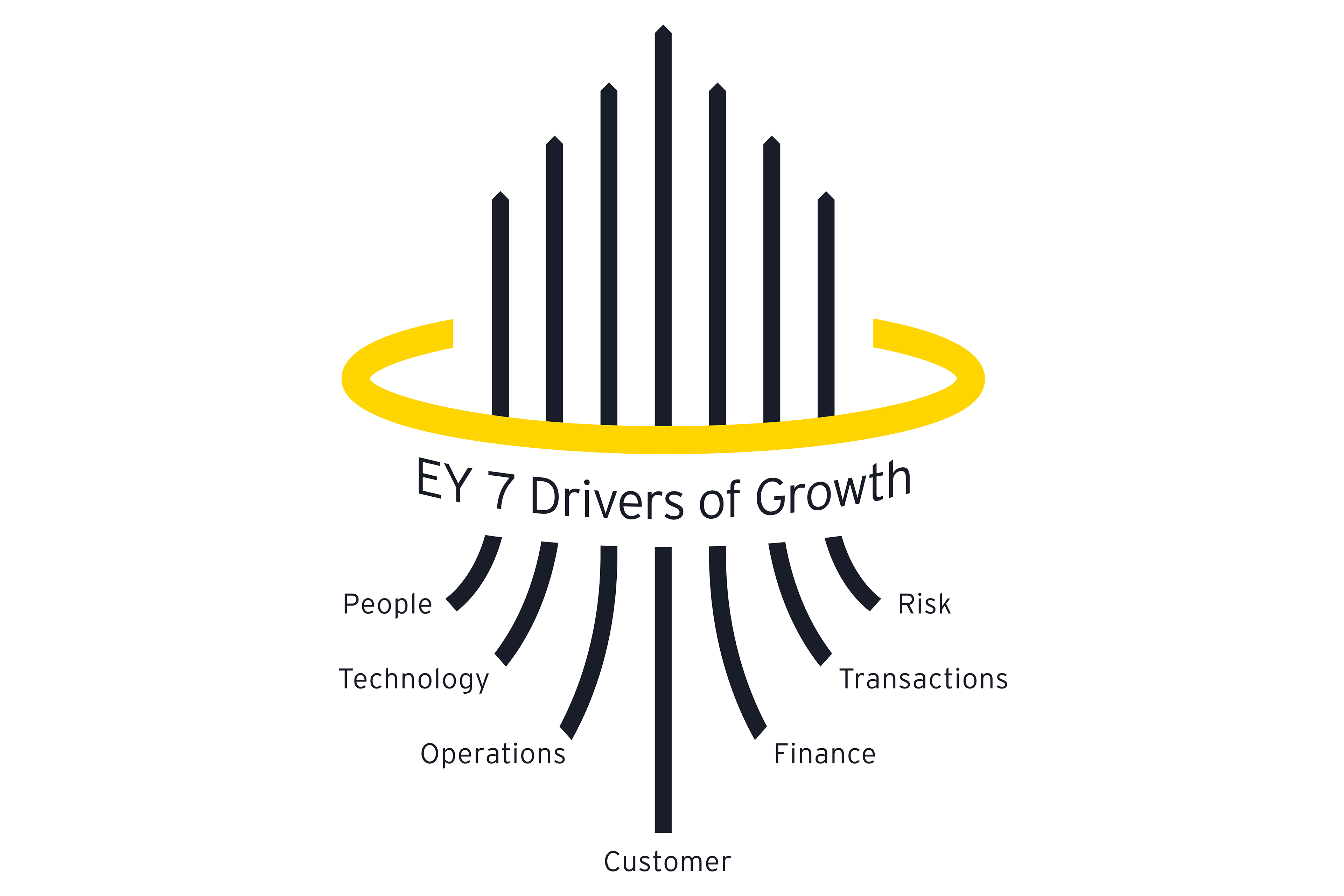EY refers to the global organization, and may refer to one or more, of the member firms of Ernst & Young Global Limited, each of which is a separate legal entity. Ernst & Young Global Limited, a UK company limited by guarantee, does not provide services to clients.
How EY can help
-
Our 7 Drivers of Growth framework can help your business successfully execute your growth strategy over the long term. Find out how.
Read more
An EY Private analysis of over 1,000 recent strategic growth plans created by the leaders of private companies from around the world highlights the following five customer-related themes as particular challenges for entrepreneurial businesses to address:
1. Understanding changing customer needs
Entrepreneurial businesses know that if they are to succeed in today’s volatile business landscape, they need to have a deep understanding of their customers’ needs. This is no easy feat given customer needs have been – and still are – constantly evolving, driven by social and economic change, as well as technological advances. To gain a better understanding of their customers, entrepreneurial businesses want to improve their customer feedback processes and ensure that feedback results are collated as meaningful management information.
To support their understanding of customer needs, companies are also investing in enhanced data analytics capabilities. They are exploring how they can use predictive data analytics to identify and interpret changes in customer buying patterns, behavior and satisfaction levels. In particular, they want to use analytics to perform more effective market segmentation so that they can create targeted sales and customer service activities for specific groups of customers and also provide tailored customer experiences.
A great example of an entrepreneurial business making effective use of technology to respond to customer feedback is British online retailer Ocado. Ocado receives thousands of customer emails a day, but it faced a challenge with distinguishing urgent customer complaints from more mundane emails. So, it implemented machine learning algorithms to determine which customer emails should be given priority.
The algorithms use natural language processing capabilities to determine if the tone of the incoming emails is positive, negative or neutral. Emails are also color-coded according to request type, such as website assistance, delivery or product complaint, or order cancellation. They are then queued based on their level of urgency. Implementation of the algorithms has resulted in urgent emails being responded to four times faster, leading to happier customers. Automated sorting of customer emails has also reduced the effort required of service associates.
2. Enhancing the customer experience
Building on the investments they have made in better understanding changing customer needs, entrepreneurial businesses see an opportunity to design renewed and improved customer journeys and experiences. They know that if they are to stand out in a crowded marketplace, they must make an outstanding customer experience central to their brand proposition.
As a result, entrepreneurial businesses are exploring how they can align their brand promise with their customer experience. This requires them to map their customer journey (the end-to-end experience that their customers have with their business). Once they’ve completed this mapping, they can then reimagine the journey so that they create an enhanced and consistent customer experience across all sales and marketing channels, and all touch points that customers have with their business. Additionally, they can explore further channels that they may not be currently maximizing, such as digital channels. In fact, where possible, entrepreneurial businesses are already actively shifting key customer journeys to digital to reflect their customers’ evolving needs and expectations.
To further enhance customer experience, entrepreneurial businesses are looking at how they can improve their account management processes to make them more robust and consistent. They are also increasingly linking staff compensation to their customers’ long-term satisfaction instead of short-term sales.
For example, Polish online shoe retail brand Eobuwie has completely redesigned its customer experience to meet the changing needs of its customers. It has combined e-commerce with bricks-and-mortar shopping by introducing the convenience of click-to-order at its stores. Customers sit comfortably on a sofa and use tablets to choose the shoes they would like to try on. Alternatively, they can reserve items in advance using Eobuwie’s website or app. After they have been selected, the shoes are brought directly to the customer by a store associate.
Thanks to this convenient try-on experience, Eobuwie has enjoyed a higher sales conversion rate and revenue has doubled since the launch of the concept. What’s more, the concept has helped to drive business expansion. Eobuwie now has more than 49 click-to-order stores and has successfully expanded to four other countries.








